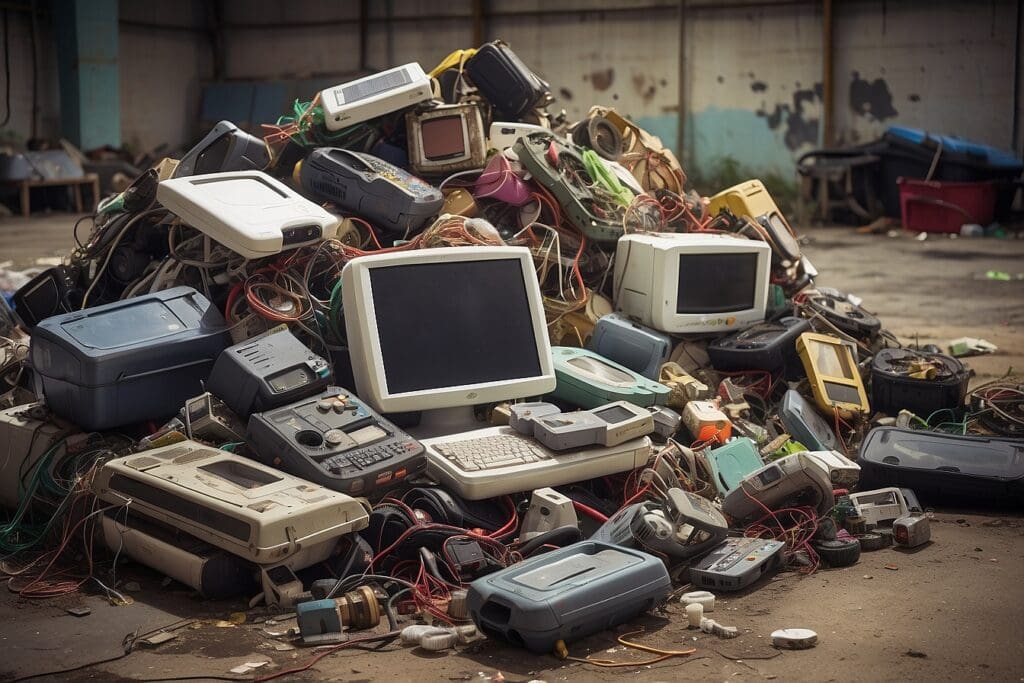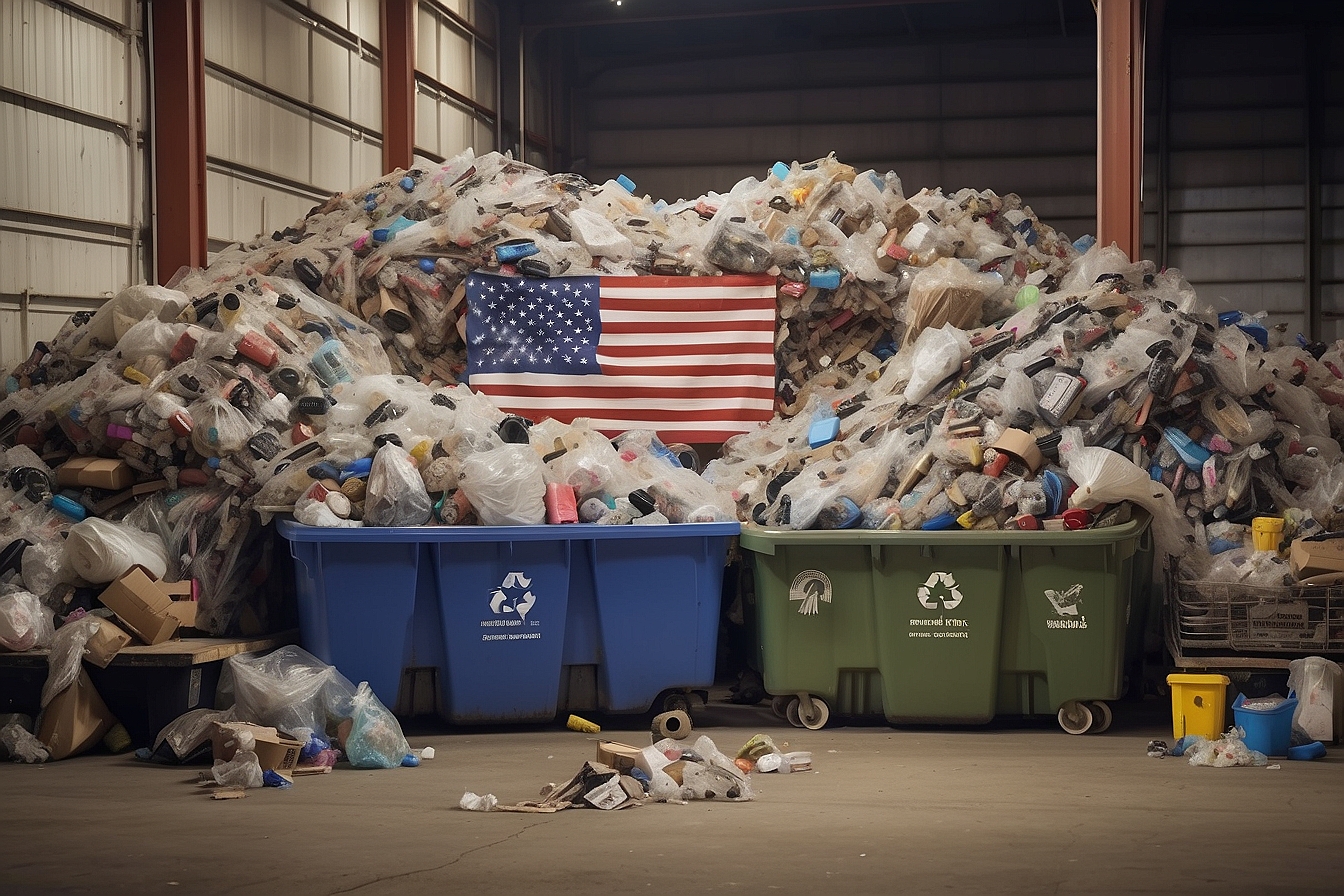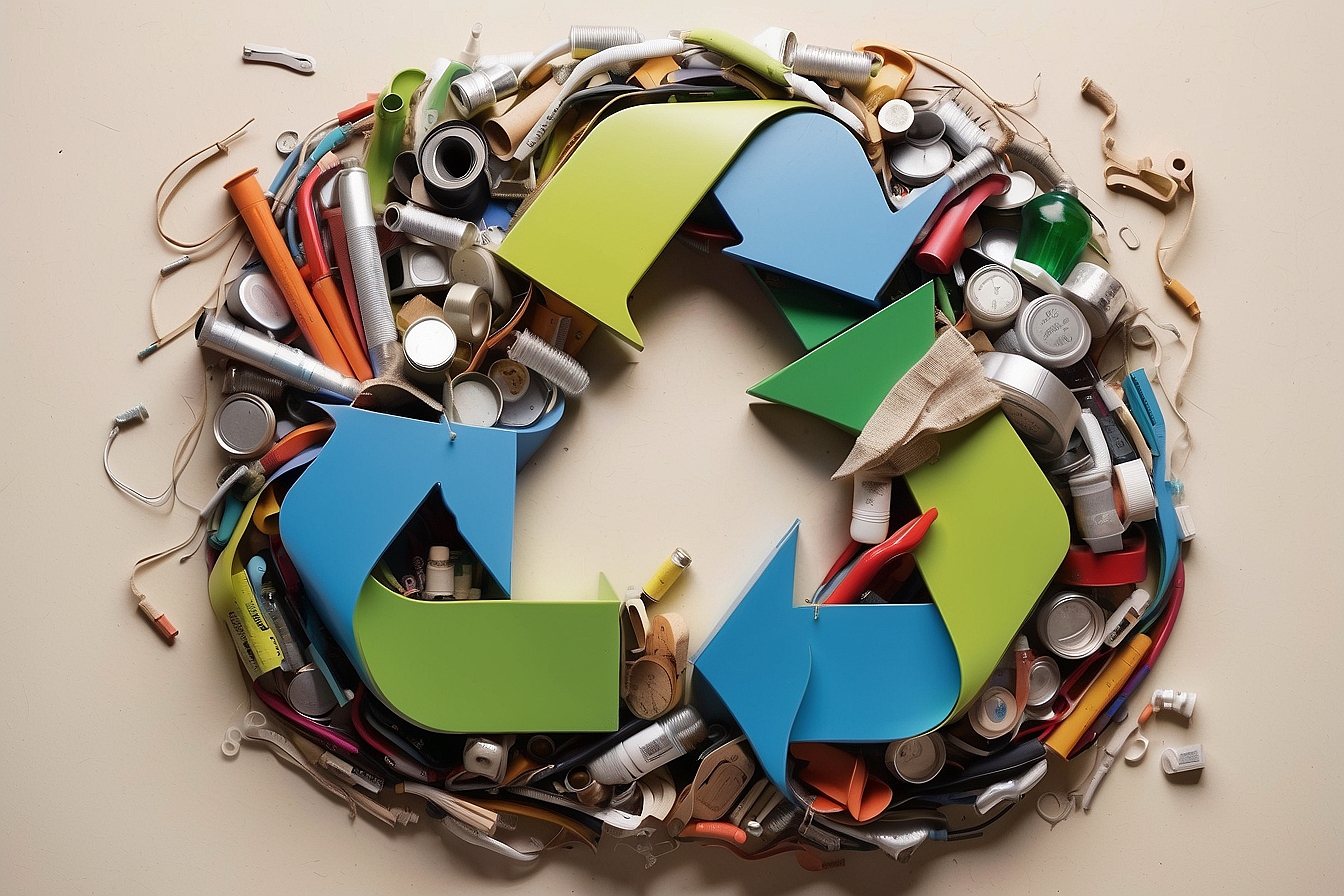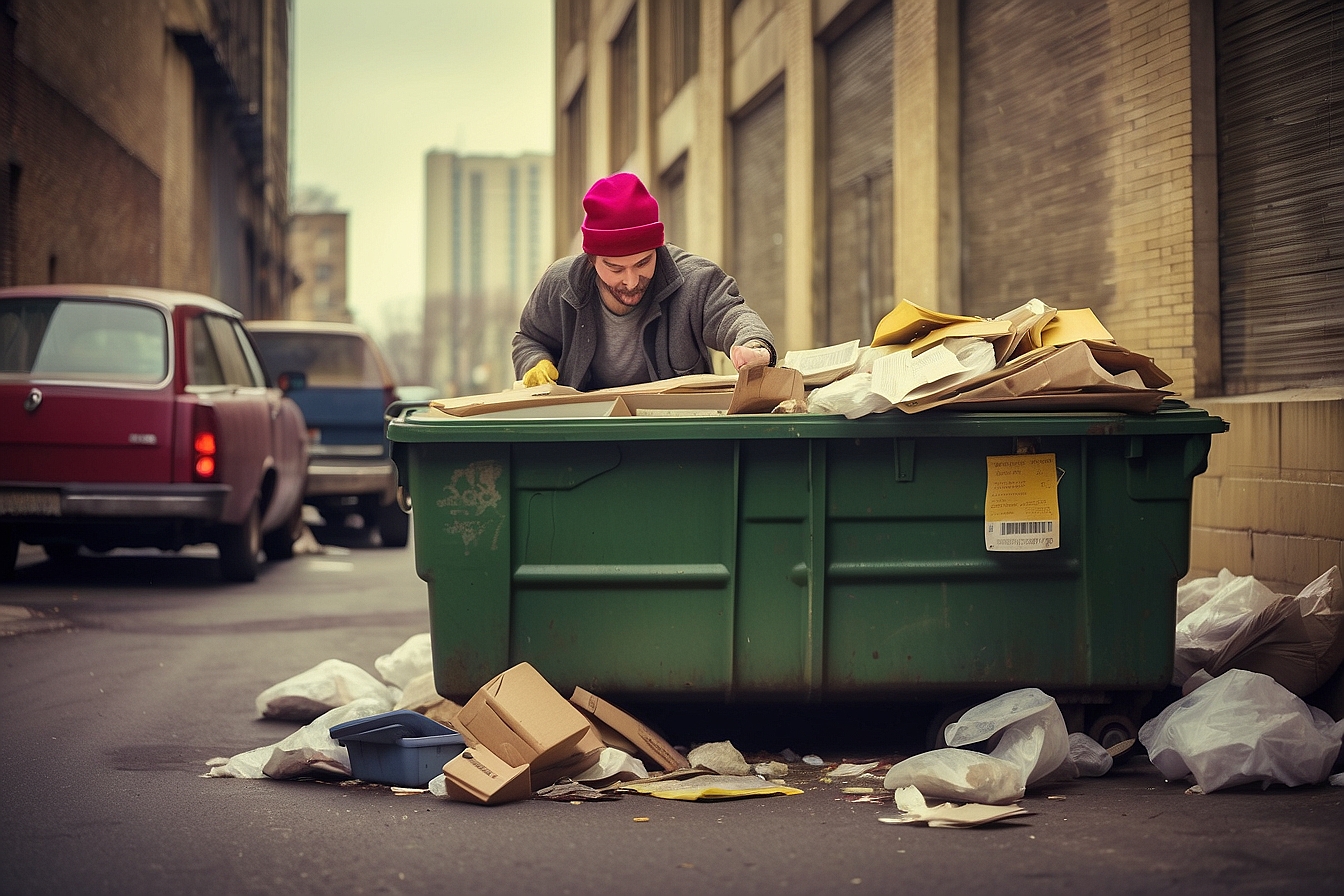Where Laptops go to Die—the Growing Problem of E-waste… In May of 2009, Dell Computers announced a new policy that it would not export E-waste (electronic waste) to developing countries. In February of 2010, Hewlett Packard announced a similar policy. These announcements brought a degree of attention to the practice of shipping electronic waste from developed countries to developing ones, but the export of E-waste remains overlooked by much of the American public. Until American consumers hold companies responsible for their E-waste policies or the United States signs a treaty binding it to responsible (domestic) disposal of E-waste—the U.S. is the only developed country not to ratify the Basel Convention—E-waste will continue to be a toxic problem for poorer countries.
The term E-waste refers to any “old, end-of-life or discarded appliances using electricity”.1 As the electronics industry continues its growth as “the world’s largest and fastest growing manufacturing industry,”2 safe and ethical disposal of the waste it produces is becoming an increasingly pressing issue. Currently, there are over 1 billion personal computer (PC) owners worldwide, with another billion expected by 2014.3 These PC owners are not keeping their computers as long as they used to: the “average lifespan of a computer has shrunk from four or five years to two years.”4 Planned obsolescence, which is the practice of designing an electronic product to become obsolete or non-functional so that a new one must be bought, is a big reason why E-waste is growing so quickly worldwide. Every year 50 million PCs become obsolete5 while 14-20 million PCs are thrown out. In addition to PCs, phones, fridges, stereos, and dozens of other products add to the world’s growing mountain of E-waste.
Unfortunately, electronics don’t biodegrade. They just kind of sit there, leaching chemicals into the environment. There are over 1,000 different substances in E-waste, and many of them form what Greenpeace calls a “witch’s brew of toxic substances.” For example, a desktop computer contains an average of 13.8 pounds of plastics,6 the bulk of which is poly-vinyl-chloride, or PVC. Lead is used as solder in circuit boards and in the monitor, which contains between four and five pounds of lead.7 An EPA study showed that 40% of the lead in American landfills comes from discarded electronic products.8 Mercury, Cadmium and Chromium are also present. Remember, this is only in a computer! Other electronic products contain barium, brominated flame retardants (BFRs), and Beryllium, just to name a few.
Exposure to one of these chemicals through air, water, soil, food, or products has effects ranging from uncomfortable to deadly. Lead is stored “primarily in the bones,” and can damage the “reproductive system, nervous system, the blood and the kidneys,”9 causing headache, irritability and, in extreme chases, seizures, coma, and death. Additionally, children exposed to lead have lower IQs than those who aren’t. Mercury damages various organs including the brain and kidneys.10 Cadmium has “no constructive purpose in the human body,”11 and exposure can affect the kidneys, skeleton, and respiratory system. The IARC (International Agency for Research on Cancer) has classified cadmium as “probably carcinogenic to humans.”12
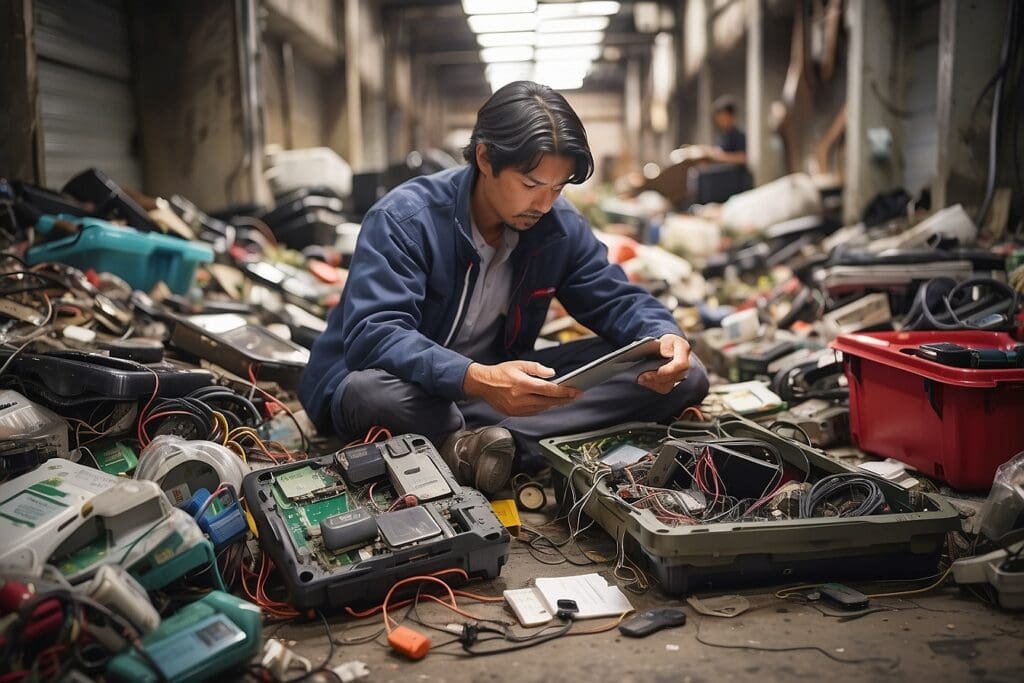
Americans are rightfully intolerant of many of these chemicals. In the 1970s, the U.S. banned lead in toys (under the Lead Free Toys Act) and gasoline, and mercury in cosmetics is illegal under U.S. Federal law. The unfortunate outcome of this intolerance of toxic chemicals is that many of electronics designated for domestic recycling are sent abroad, where lax environmental regulations and low cost of labor make it much cheaper to dispose of them. This practice is sometime referred to as “toxic colonialism.”
In 1992, the Basel Convention, which is the world’s “most comprehensive global environmental agreement on hazardous and other wastes,” came into force. While the United States was one of 172 parties to sign it, it remains the only developed country not to ratify it (the other countries to have signed but not ratified are Afghanistan and Haiti). The U.S. has not ratified the Ban Amendment either, which was introduced in 1994 to ban the export of hazardous wastes “from OECD [Organization of Economic Cooperation and Development] to non-OECD countries.” Included in the Ban Amendment was a provision to ban the export of wastes intended for recovery and recycling (Decision II/12)13 by December 31, 1997.
A big reason the United States has not ratified the Basel Convention is because of how it defines waste. Paul Palmer, PhD, explains:
“The U.S. exports 10 million tons a year of iron scrap. It’s a great business for domestic firms and for exports. But strictly speaking, a shipment of scrap arriving at, say, South Korea or Pakistan, is a waste, because it is defined as such in the Basel Convention, and could be banned.”14
However, in addition to exporting nontoxic iron scrap, the U.S. ships as much as 80% of its E-waste abroad.15 When it reaches its destination, it is disposed of in two ways: either it enters a landfill, or it is incinerated. However, unlike in the U.S., Europe, and Japan, it is not regarded as waste in these E-waste destination-countries. In fact, in E-waste hotspots like Guiyu, China, Delhi, India, Accra, and Ghana, entire economies are based on scavenging the precious metals in “computer electronic chips and boards, including silver, gold, platinum, and palladium.”16
That these sites are full of pollution means little to impoverished residents looking to provide for themselves and their families. Faced with the alternative of subsistence farming, most are willing to dip circuit boards into vats of sodium cyanide to extract lead and precious metals or burn off the plastic surrounding copper wire if it provides a marginal wage. No one entity is entirely to blame for this toxic situation, and while the European Union countries and Japan have both ratified the Basal Convention, they continue along with the U.S. to send tons of E-waste to the developing world. The best we can do as consumers is demand cleaner materials in products and hold companies accountable for their actions. E-waste policies like those of HP and Dell should no longer be praised—they should be expected.

